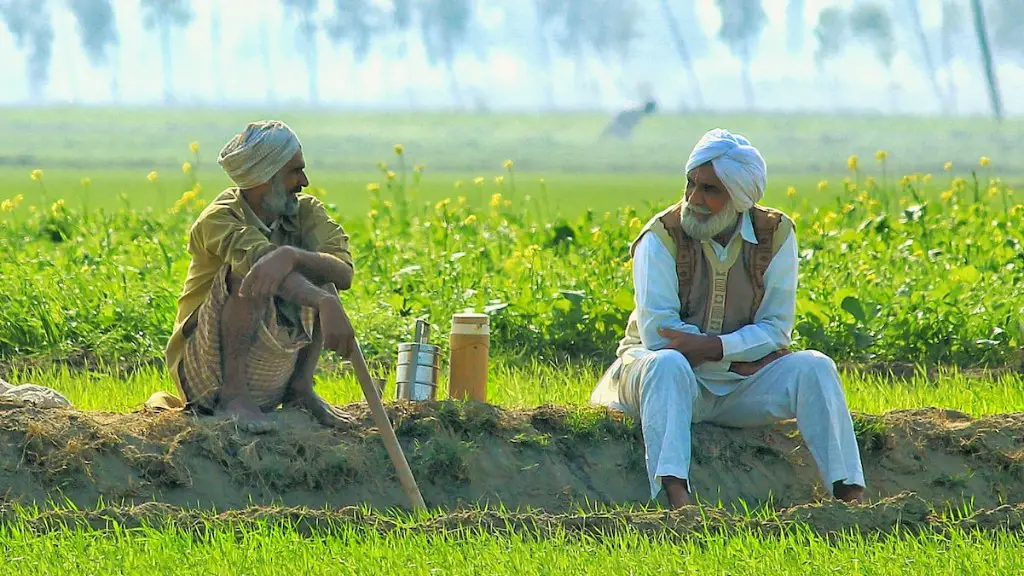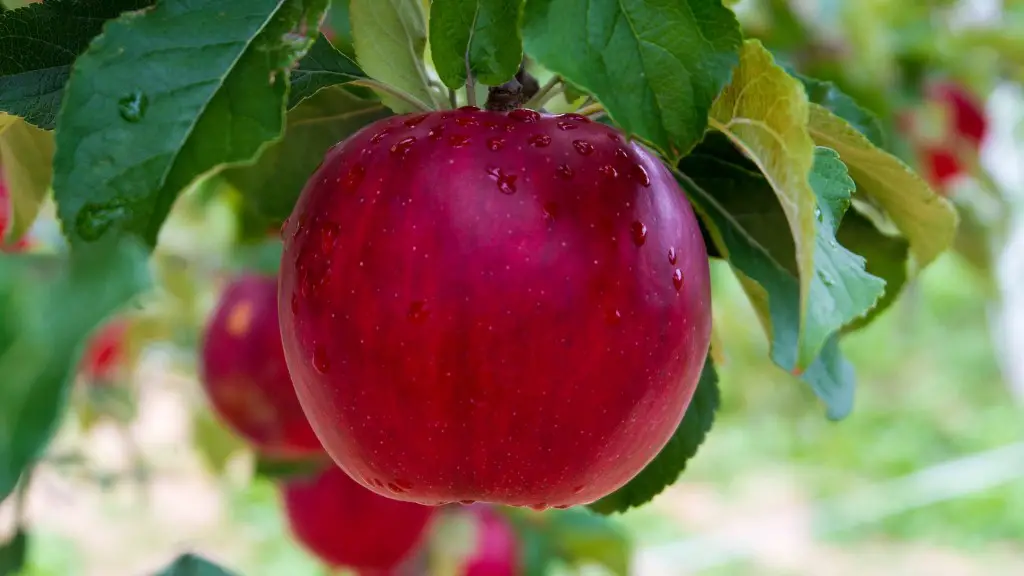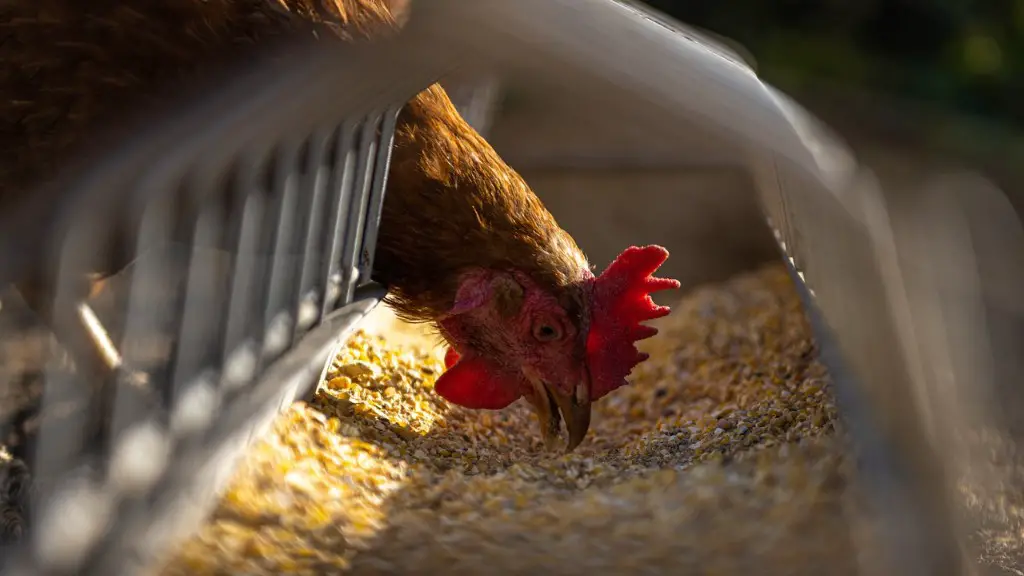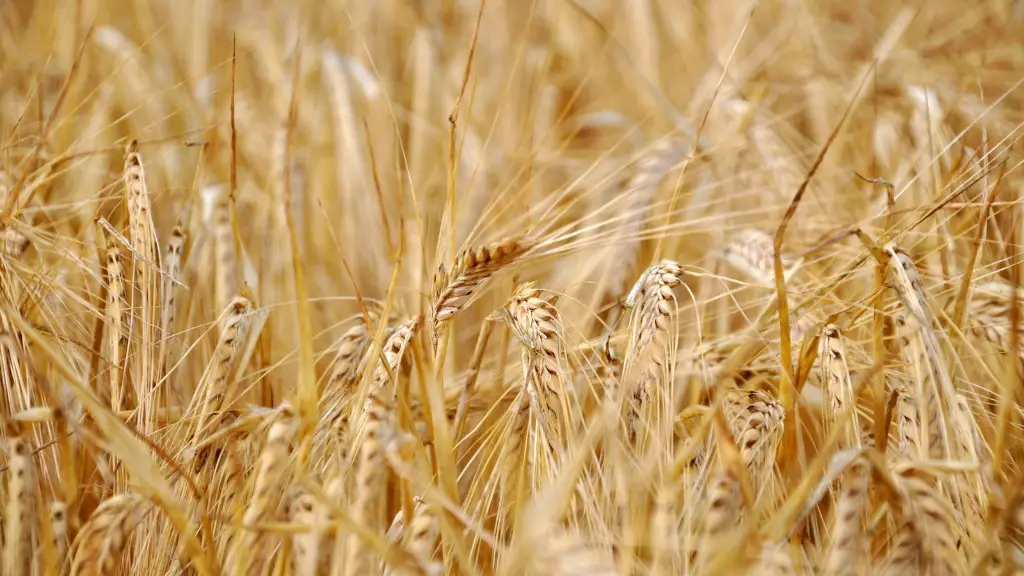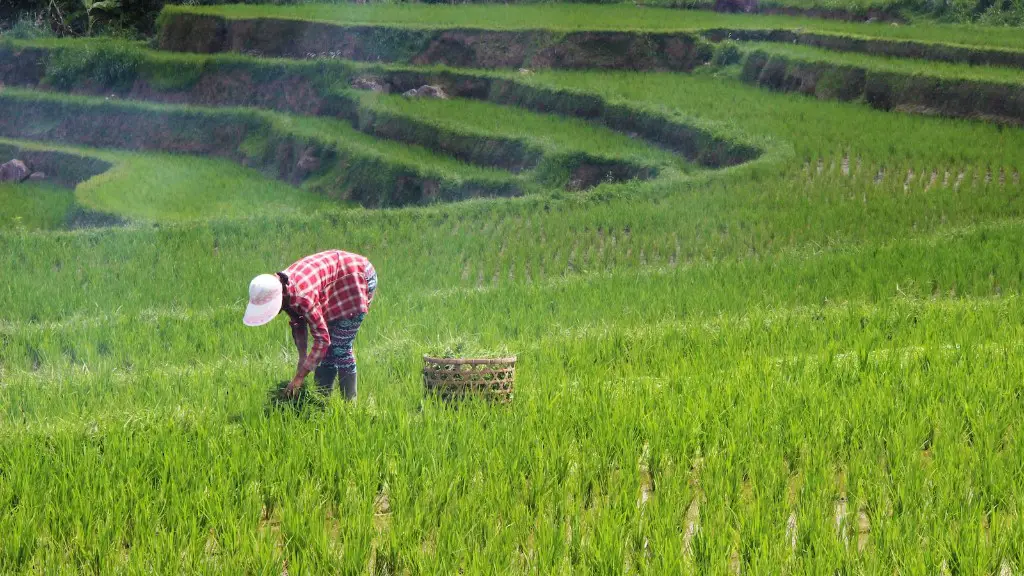In agriculture, risk and uncertainty are largely caused by weather conditions and pests. Drought, frost, and floods can all damage crops and lead to financial losses for farmers. Pests can also devastate crops, and new diseases can emerge that threaten livestock. These risks can be mitigated to some extent through insurance, but farmers still face many challenges in managing risk and uncertainty.
There are many sources of risk and uncertainty in agriculture. The most significant risks and uncertainties come from the weather and climate. Droughts, floods, and other extreme weather events can ruin crops, damage infrastructure, and disrupt supply chains. Other risks include pests and diseases, which can destroy crops or otherwise reduce yields. Agricultural commodities are also subject to price fluctuations, which can impact farmers’ incomes. Political stability is another important factor, as instability can lead to trade disruptions, access to inputs, and other challenges.
What is different between risk and uncertainty in agriculture?
Risk is a inherent part of life and business. It can be defined as imperfect knowledge where the probabilities of the possible outcomes are known, and uncertainty exists when these probabilities are not known.
Risk can never be eliminated, but it can be managed. The key to managing risk is to identify, assess and control it.
There are various ways to manage risk, and the most effective approach will vary depending on the type and severity of the risk. Some common risk management strategies include avoidance, reduction, sharing and insurance.
No matter what strategy is used, the goal of risk management is to minimize the negative impact of risk on businesses and individuals.
There are a few risk management strategies you can consider to lower production risks:
1. Use technology to your advantage – keep up to date with the latest advancements and make use of precision farming techniques to help mitigate risks.
2. Manage your inputs carefully – choose high quality seeds and inputs, and store them properly to minimise the risk of diseases and pests.
3. Adopt good farming practices – from crop rotation to proper irrigation, there are many farming practices you can implement to reduce the risks posed by weather and pests.
4. Diversify your crops – planting a variety of crops reduces the risk of complete crop failure if one type is affected by a pest or disease.
5. Insure your crops – in some cases, crop insurance can help protect you from financial losses due to production risks.
What is the definition of uncertainty in agriculture
Uncertainty surrounding prices and yields is a major challenge for farmers. Not knowing how much their products will sell for or how much their crops will yield can make it difficult to plan and budget for the year ahead. This uncertainty can also lead to stress and anxiety for farmers, who are already working in a challenging and often unpredictable profession.
The study found that there are four main impacts that are visible when looking at the issue of climate change. These are occupational hazards, vector borne diseases, changing nutritional status, and inequity in development. Each of these impacts has the potential to cause serious harm to people and communities around the world, and it is important to be aware of them in order to be able to prepare for and mitigate the effects of climate change.
What are examples of risks in agriculture?
There are many risks that can affect production, such as changes in the weather, the incidence of pests and diseases, equipment breakdown, and market price fluctuations. Borrowing money can also be risky, with sudden changes in interest rates. Risk also occurs as a result of changes in government policies.
Risk are known unknowns. This means that we are aware of the potential for something to go wrong, but we don’t know exactly how or when it will happen. If you’re planning to pick up a friend from the airport, the probability that their flight will arrive several hours late is a Risk — you know in advance that the arrival time can change, so you plan accordingly. Uncertainty are unknown unknowns. This means that we are not aware of the potential for something to go wrong. For example, if you’re driving to a friend’s house, you don’t know if there will be a traffic jam that will delay your arrival.
What are the 5 primary sources of risk?
Production risk is the type of risk faced by farmers due to the uncertainty of farm production. This type of risk is usually managed by farmers through the use of crop insurance and other risk management tools.
MARKETING RISK Marketing risk is the risk faced by farmers when they are marketing their crops or products. This type of risk is usually managed by farmers through the use of forward contracts, options contracts, and other risk management tools.
FINANCIAL RISK Financial risk is the type of risk faced by farmers due to the uncertainty of farm income. This type of risk is usually managed by farmers through the use of farm financial planning and other risk management tools.
LEGAL RISK Legal risk is the type of risk faced by farmers due to the uncertainty of farm laws and regulations. This type of risk is usually managed by farmers through the use of farm legal services and other risk management tools.
HUMAN RISK Human risk is the type of risk faced by farmers due to the uncertainty of farm labor. This type of risk is usually managed by farmers through the use of farm labor services and other risk management tools.
There are four primary sources of risk that affect the overall market: interest rate risk, equity price risk, foreign exchange risk, and commodity risk. Each type of risk can have a different impact on the market and on individual investments.
Interest rate risk is the risk that interest rates will rise, resulting in lower prices for bonds and other fixed-income investments. Equity price risk is the risk that stock prices will fall, resulting in losses for investors. Foreign exchange risk is the risk that the value of a currency will decline, resulting in losses for investors who are holding that currency. Commodity risk is the risk that the price of commodities will fall, resulting in losses for investors who are holding those commodities.
Each type of risk has the potential to cause losses in the market. However, there are ways to mitigate these risks. For example, diversification is one way to help reduce the impact of any one type of risk.
What are the five 5 sources of project. Risk
What is cost risk?
Cost risk is the risk that a project will cost more than originally budgeted. This can happen for a number of reasons, including poor planning, inaccurate estimation, and scope creep. Cost risk is one of the most common project risks, and can have a serious impact on a project’s budget and timeline.
How can cost risk be managed?
There are a few ways to manage cost risk. One is to have a strong and accurate planning and estimation process in place. This will help to ensure that the project is correctly budgeted from the start. Another way to manage cost risk is to closely monitor scope creep and keep it under control. This can be done by regularly review the project’s scope and keeping track of any changes that are made. Finally, effective communication and collaboration among all project stakeholders can help to keep cost risk under control.
Aleatory uncertainty is associated with random events and can be quantified using probability theory.
Epistemic uncertainty is associated with our lack of knowledge and can be quantified using statistical methods.
Ontological uncertainty is associated with our lack of understanding of the underlying physical phenomena and cannot be quantified.
What are the reasons for uncertainties faced by farmers?
The Indian agriculture sector is plagued by several issues, some of which are natural while others are man-made. The small and fragmented land holdings, lack of irrigation facilities and soil erosion are some of the natural problems while the lack of mechanisation, poor seeds and lack of storage and marketing facilities are some of the man-made problems. These problems have led to low productivity and profitability in the agricultural sector, which in turn has adversely affected the livelihoods of farmers across the country.
RIsks are events that have probabilities of occurrence that are predictable, and outcomes that can be estimated with some confidence. Uncer- tainties are events where probabilities of occurrence are difficult to predict and outcomes are challenging to quantify.
In the world of financial markets and investments, an investment is often seen as a risky proposition if there is a potential for loss of the invested capital. The degree of risk is usually quantified by measuring the variability or volatility of returns. The higher the variability, the riskier the investment.
There are two types of risk inherent in every investment: systematic and unsystematic. Systematic risk is market-related, and affects all investments in a particular market or asset class. Systematic risk includes factors such as political stability, economic growth, interest rates, and inflation. Unsystematic risk is unique to a particular investment, and can be diversified away by holding a portfolio of investments. Unsystematic risk includes factors such as company-specific news, earnings surprises, and management changes.
In general, the more volatile an investment’s returns, the riskier it is. However, it is important to remember that risk and return are two sides of the same coin – higher risk usually means higher
How can agriculture reduce risk and uncertainty
Crop insurance is a type of insurance that reimburses farmers for crop losses due to weather, pests, or other reasons. It can help farmers recover from a crop failure and continue farming. There are several measures that can be taken to reduce the risk of crop loss, including diversification, liquidity, and contract farming. farmers can also take advantage of buffer stock schemes to protect themselves from price fluctuations.
Farmers have to contend with a lot of environmental issues that can impact their profits and productivity. Things like soil quality, water quality, climate, and terrain can all have a big impact on how successful a farmer is in any given growing season. That’s why it’s so important for farmers to be aware of these issues and to have a plan for dealing with them.
What is the most common problem in agriculture?
Unemployment, waterlogging in wetland areas, salinity in arid and semi-arid areas, acidity in high rainfall areas, pests (like weeds, diseases, and insects), and erratic rainfall distribution are the common problems in agriculture sector in India. In addition, the country’s agriculture highly depends on rain-fed. erratic rainfall distribution is the main problem faced by farmers.
There are many sources of uncertainty that can make decision-making difficult. Missing information, unreliable information, conflicting information, noisy information, and confusing information can all lead to uncertainty. When faced with uncertainty, it is important to weigh all of the available information and make the best decision possible.
What are different types of risk and uncertainties in farm management
Trice uncertainty, production uncertainty, and production technology uncertainty are all types of uncertainty that can impact the production of a good or service. Political uncertainty can impact the demand for a good or service, as well as the price. Personal uncertainty can impact the supply of a good or service. People’s uncertainty can impact the demand for a good or service.
There are many different types of uncertainty-based risks that can have a significant impact on a business. Some of the more common examples include:
-Damage by fire, flood or other natural disasters
-Unexpected financial loss due to an economic downturn, or bankruptcy of other businesses that owe you money
-Loss of important suppliers or customers
-Decrease in market share because new competitors or products enter the market
Warp Up
There are many sources of risk and uncertainty in agriculture, including weather, pests, diseases, markets, and policy.
There are many sources of risk and uncertainty in agriculture. Some of these include the weather, crop diseases, pests, and market prices. Farmers must constantly be aware of these risks and uncertainties and make decisions that will minimize their impact.
